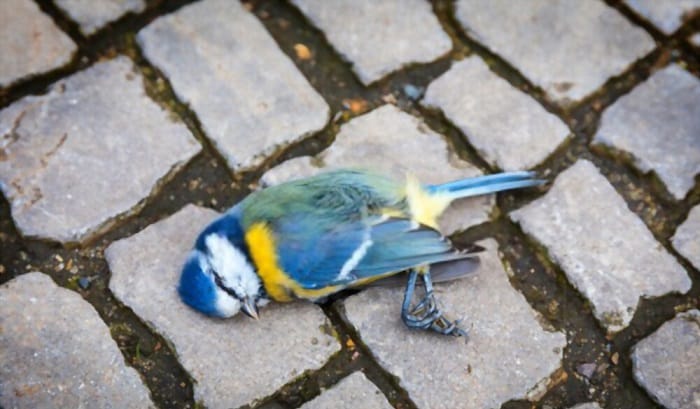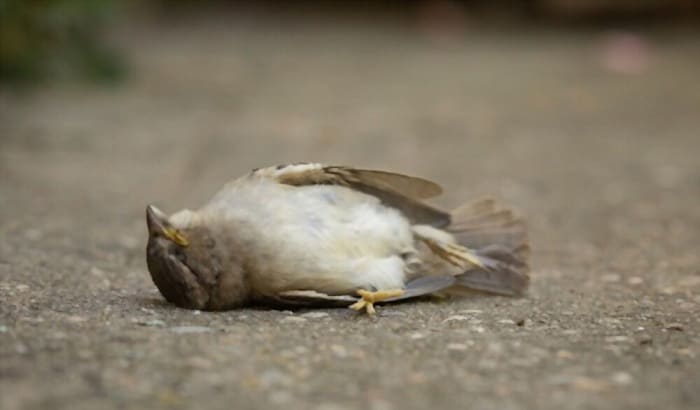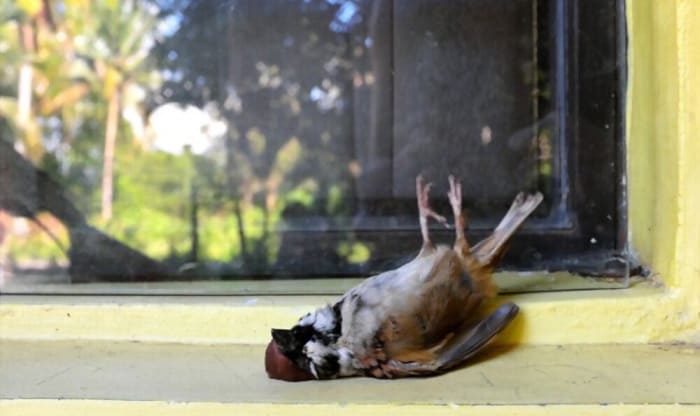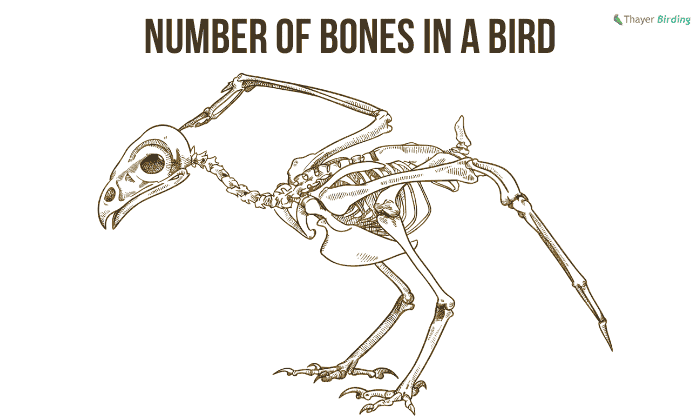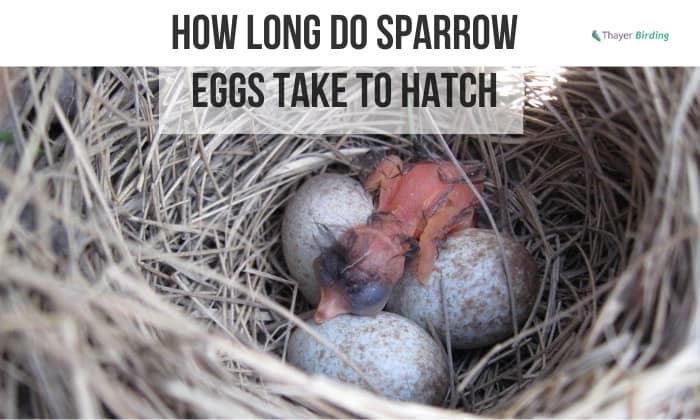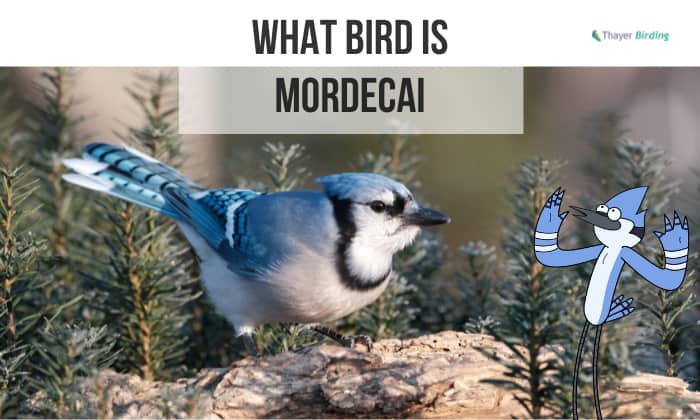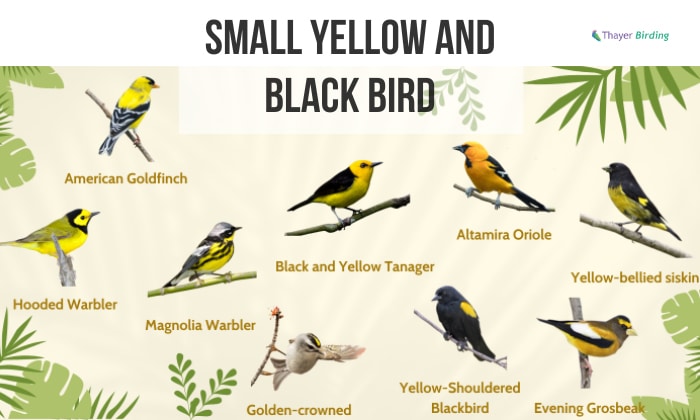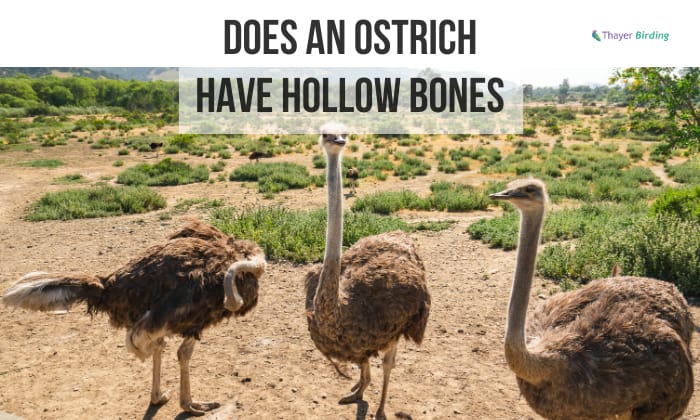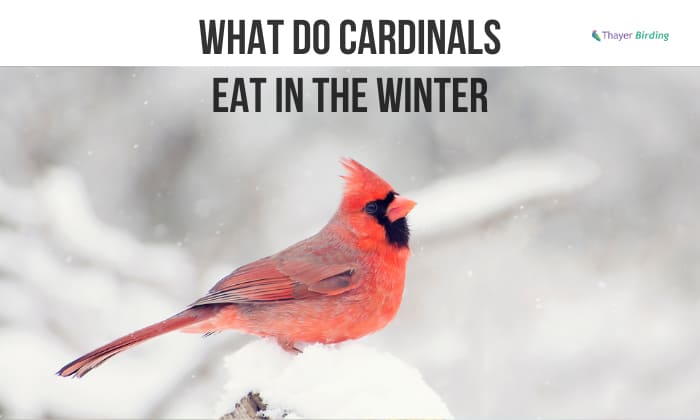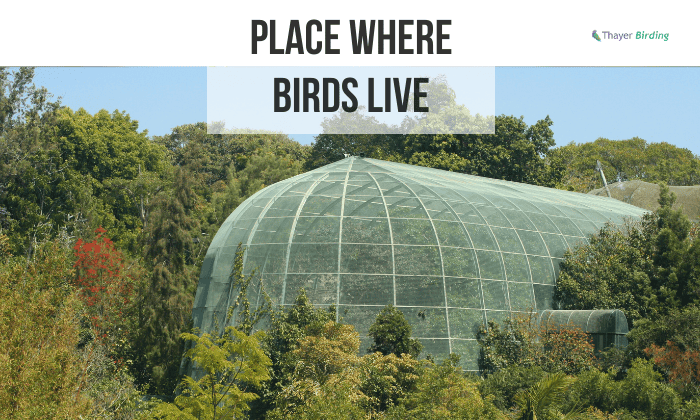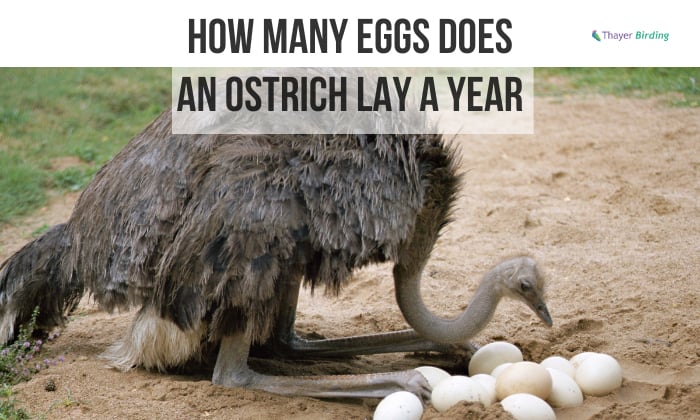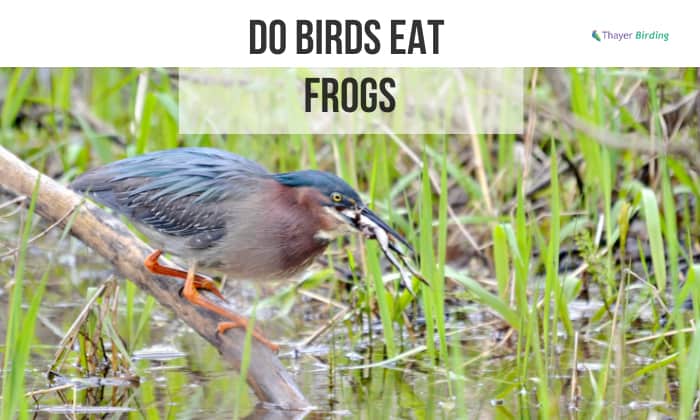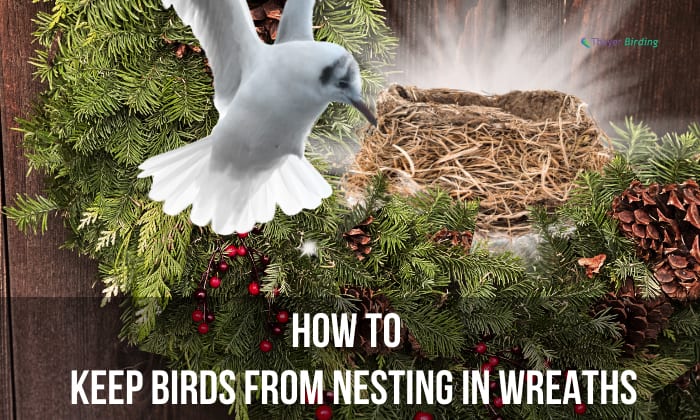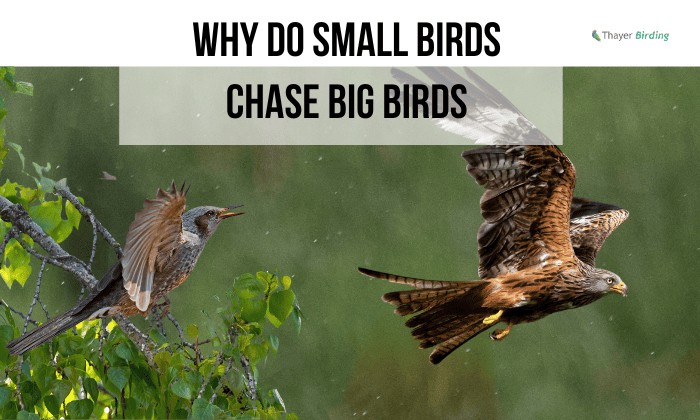An average of 599 million birds are killed each year from window strikes and collisions in the United States. Not all birds die when they hit a window or a concrete wall. They may look lifeless, but some are just stunned.
It can be life-saving for the birds if one knows how to tell if a bird is stunned or dead. Here are the steps for you to figure it out when you notice an unconscious bird on the ground.
Table of Contents
How to Know if a Bird is Dead
You should prepare a pair of rubber gloves, a stethoscope (if you have one), some clean clothes, and a pair of safety glasses.
1. Observe the injured bird from a distance
Do a visual examination of the bird from a safe distance. Do not touch the bird immediately because it could be a wild bird in shock symptoms and could attack you when it recovers.
If it shows signs of breathing such as an up and down movement of the chest or any form of movement, then it is still alive. If it is still not moving even when observed for a minimum of 10 minutes, proceed to check the bird.
2. Check for signs of breathing
A bird’s breathing can be observed from a distance but if you decide to examine it closely don’t forget to wear gloves and goggles for safety. The bird won’t move but is alive when you see the chest rise up and down.
Absence of movement on the chest area of the bird could mean that it is dead particularly when it has endured serious injuries such as head trauma and if the bird’s neck is broken.
3. Check for the presence of a heartbeat
Presence of a heartbeat will mean it may still be alive. The average heart rate of birds is 282 beats per minute. To check for the presence of a heartbeat, use a stethoscope. If you don’t have one, you can use your index and middle finger to feel the heart pulsations.
One of the stunned bird symptoms may include a slow heart rate. A dead bird will have no palpable heartbeat.
4. Check the eyes for signs of life
If the eyes are closed on inspection, it could mean either a bird dead or stunned, one cannot simply presume that it is already dead. The bird will still blink even if it is in shock.
If you witness the injured bird’s eyes open when it was closed on initial observation then the bird may still be alive. If it remains closed and unblinking for hours then the bird could truly be dead.
5. Do a physical examination of the bird and inspect for injuries
Look for physical signs of life or death. Before you approach and examine the bird, put on your gloves and safety glasses if available. Look for open wounds and signs of broken bones.
A dead bird looks like it has poor muscle tone will appear stiff and is cold to touch. A stunned bird looks like it is limp and weak from the physical trauma.
Cover the bird with a cloth to keep it warm and check on the bird every 20 minutes. Recovery time may take a few minutes and some may take up to 2-3 hours.
6. Ask help from the experts
If you are unsure how to take care of the injured or dead bird you may call your local veterinarian or the wildlife experts to help you. Do not feed or give medications without any supervision or approval from a certified bird care provider.
Frequently Asked Questions
Why do birds get stunned?
When a bird hits a window or a hard surface, it can get stunned because of the impact of the collision on its body and its sense of balance. The reflection of nature such as trees and the sky on windows trick birds into thinking that it is safe to fly through it.
What birds are mostly affected by collision injuries?
Birds that migrate and those that live in urban areas such as pigeons and sparrows may be more susceptible to collision injuries. These injuries usually happen during mating season.
How long can a bird be stunned?
A bird can get stunned for about 20 minutes to 2-3 hours for adult birds. A baby bird may take a longer time to recover. Click here to learn more Techniques to Determine if the Baby Birds Are Near Death
What does a bird in shock look like?
A bird in mild shock will look disheveled and weak. A forceful collision may result in its unconsciousness. When the bird is injured, it can twitch and suffer from a broken wing, show signs of feather loss and have exposed wounds or broken bones.
Related: 4 Simple Steps to Help a Bird with a Broken Wing
What to do if the injured bird is dead?
When the bird is showing no signs of life then you may dispose of it properly. You can wrap it in a clean cloth or place it in a cardboard box and bury it on the ground deep enough and away from other animals that may dig up the remains again.
How do you revive a dead bird?
To revive a bird in shock or death you can do cardio pulmonary resuscitation (CPR) on a bird by applying compressions on the chest area of the bird. If you are unsure on how to properly do this call the experts on bird care such as a veterinarian or the local wildlife office.
If the bird is stiff, is it dead?
Not all birds that are stiff should be presumed dead. Check for other signs such as a heartbeat and breathing. If these are absent then the bird could be dead.
Conclusion
It’s not easy to tell in one glance whether a bird is shocked or already dead. This guide will help you decide what to do in a situation that is a matter of life or death for a bird. Basic knowledge on how to tell if a bird is stunned or dead can help us save the life of our feathered friends.

George and I became friends after a birdwatching trip with our new group. And we have been enjoying every adventure together. When he told me the idea of establishing a site that shares our experiences and fun, I immediately agreed. After trials and errors, here we have Thayerbirding.


